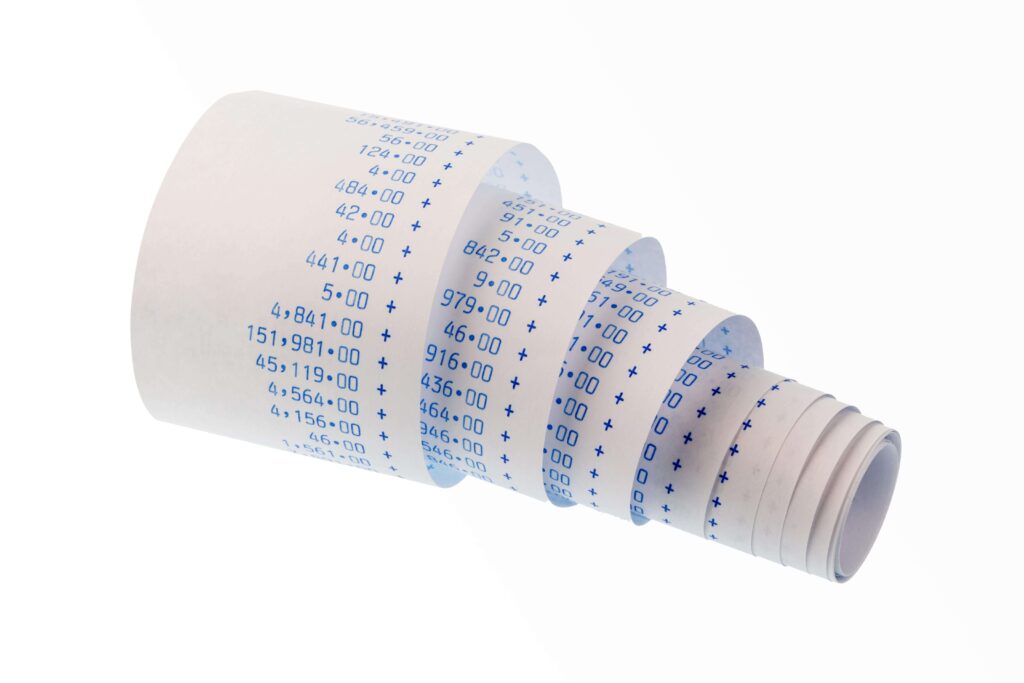Would you like a proposal for our valuation services? Contact Us.
- Agree the basis for the valuation
- Financial information request:
- Financial statements of at least 3 years
- Historical monthly sales
- Cost structure, etc.
We help you grow, sell
or buy a business
#SunbeltCentralAmerica
Valuations
Why value your business with Sunbelt Central America?
At Sunbelt Central America we use a structured and proven process to determine the Most Probable Selling Price (MPSP) range for your business.
We are characterized by:
Methodologies

Income Approach
Based on the Principle of Future Benefits. The value of a business is determined by the sum of the present value of future income, discounted at a rate that reflects the weighted cost of capital. The most used method in this approach for the valuation of companies is the Discounted Cash Flow (DCF) method.
The fundamental elements for the Discounted Cash Flow method:

Market Approach
Based on the Substitution Principle. The value of the target company depends on how the market values similar companies from an operational and financial point of view.
The two fundamental elements for the market approach are:

Cost Approach
This approach is based on the book value of assets and / or commercial value, as well as the equity value of a business. The concept behind this approach is that the value of the business depends on how much it costs the buyer to build the business from scratch.
process
COSTS
The valuation has a cost equal to a single payment that will depend on the size and complexity of the company.
Would you like a proposal for our valuation services? Contact Us.
SUNBELT CENTRAL AMERICA
10th avenue 35-01 Zone 16,
Building B Office 301, Guatemala C.A.
Phone: +502 2428 7800
we keep you informed
on issues of business growth fuisions & acquisitions, business for sale among others